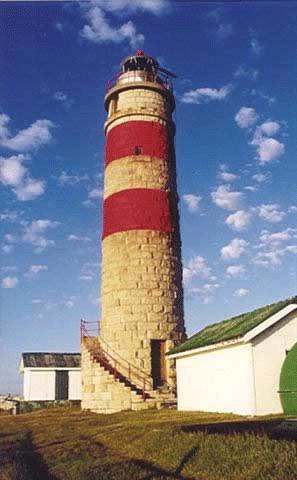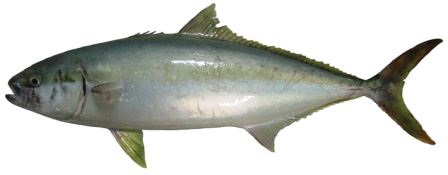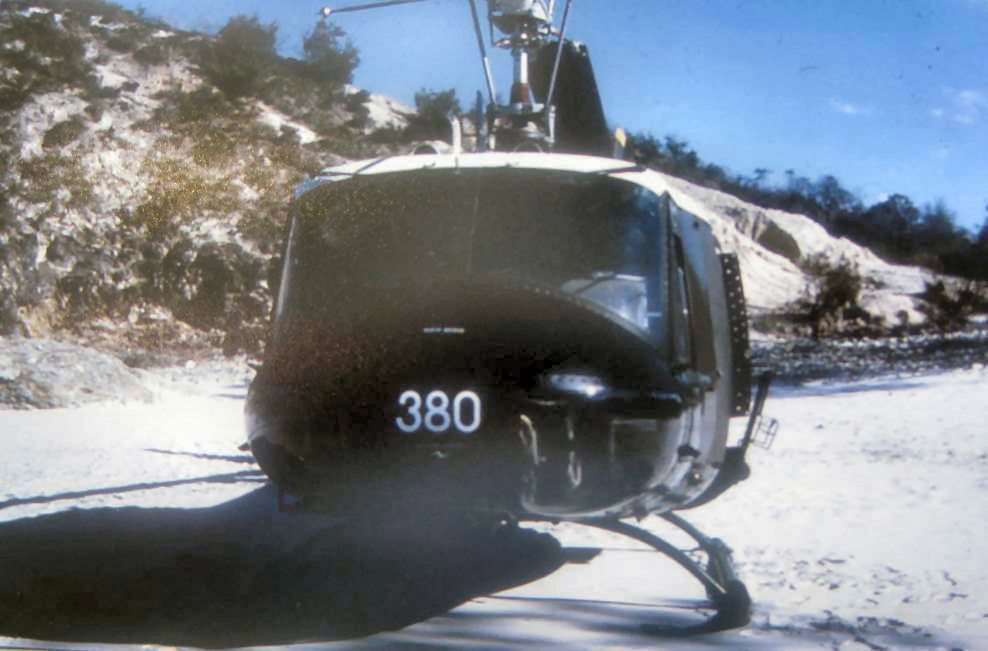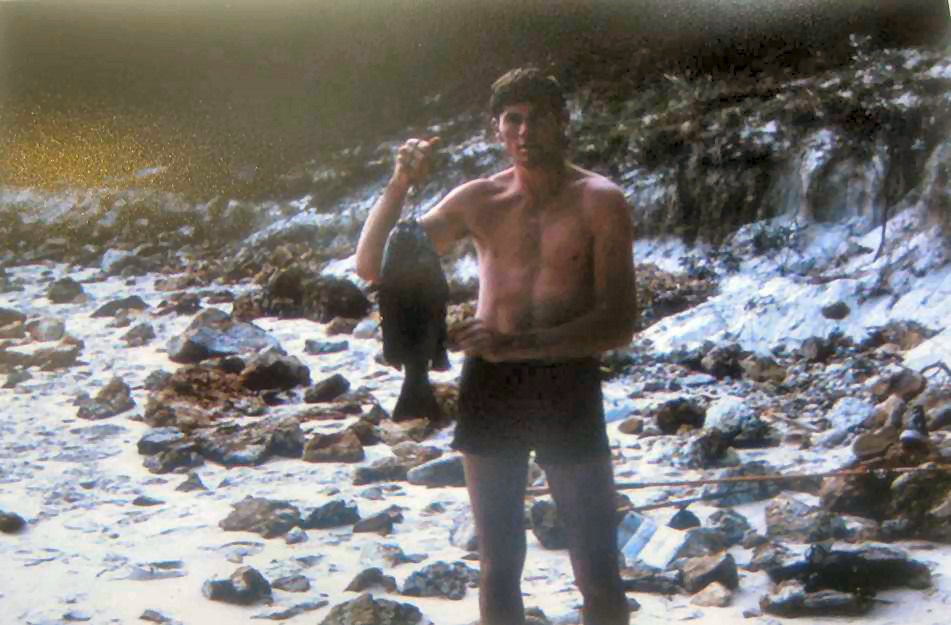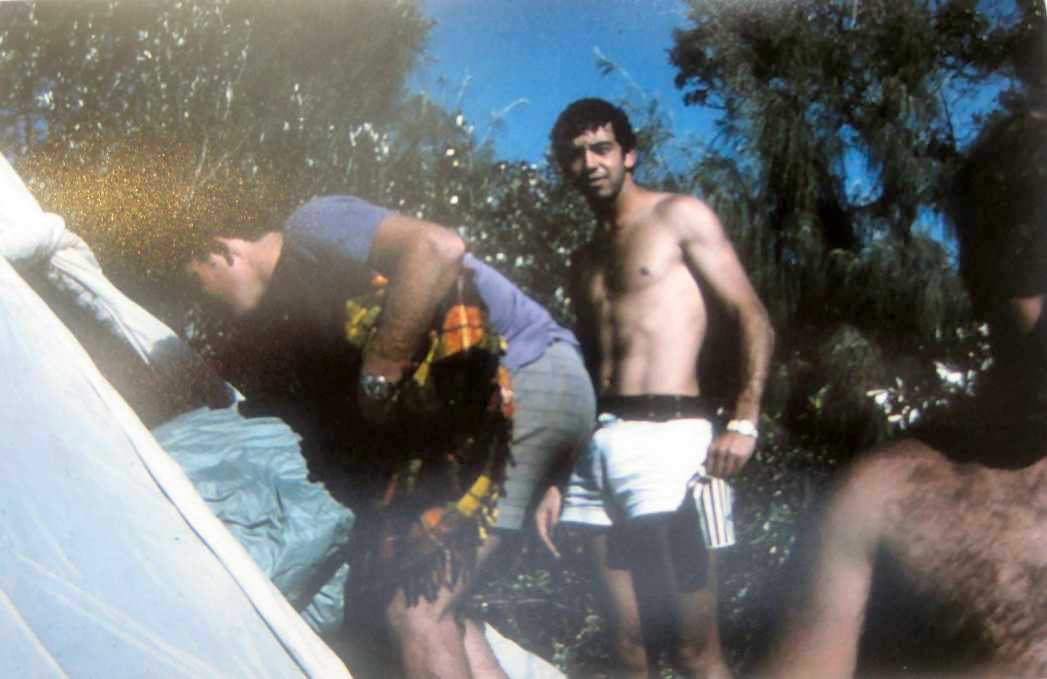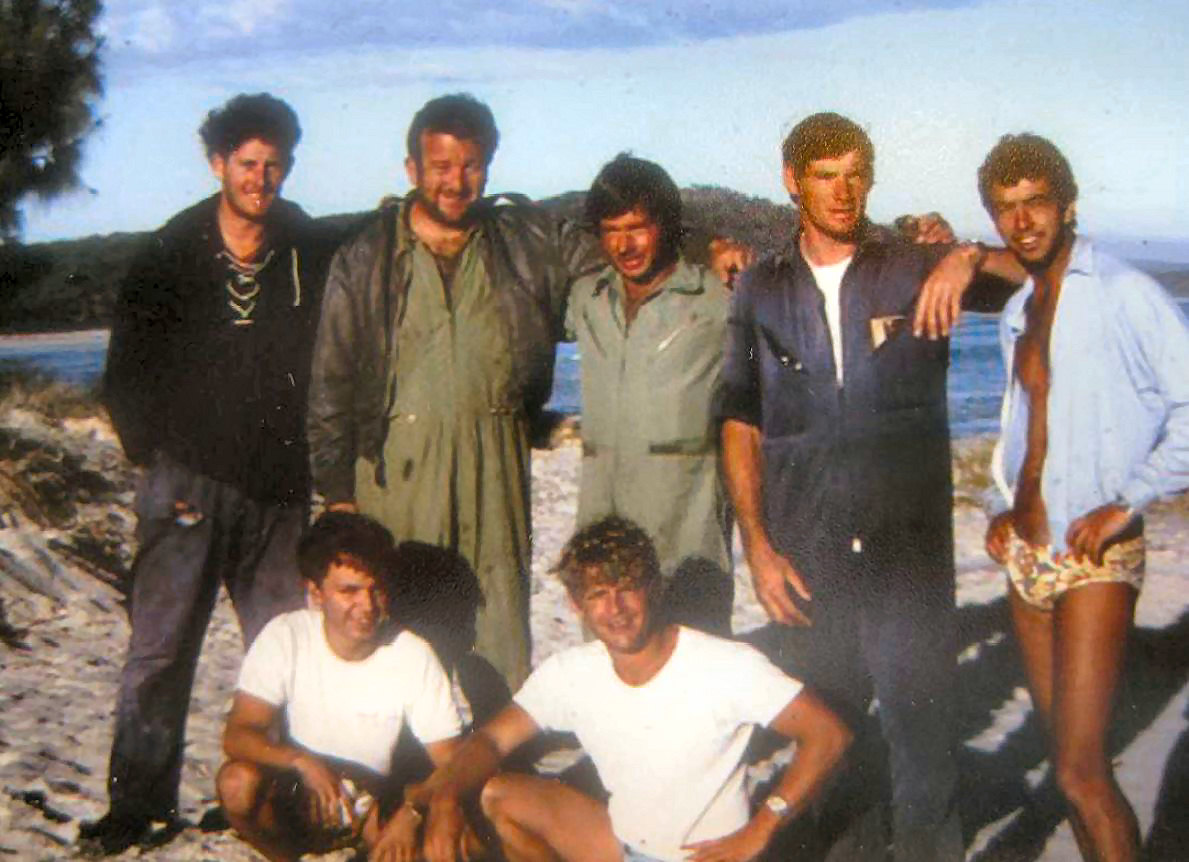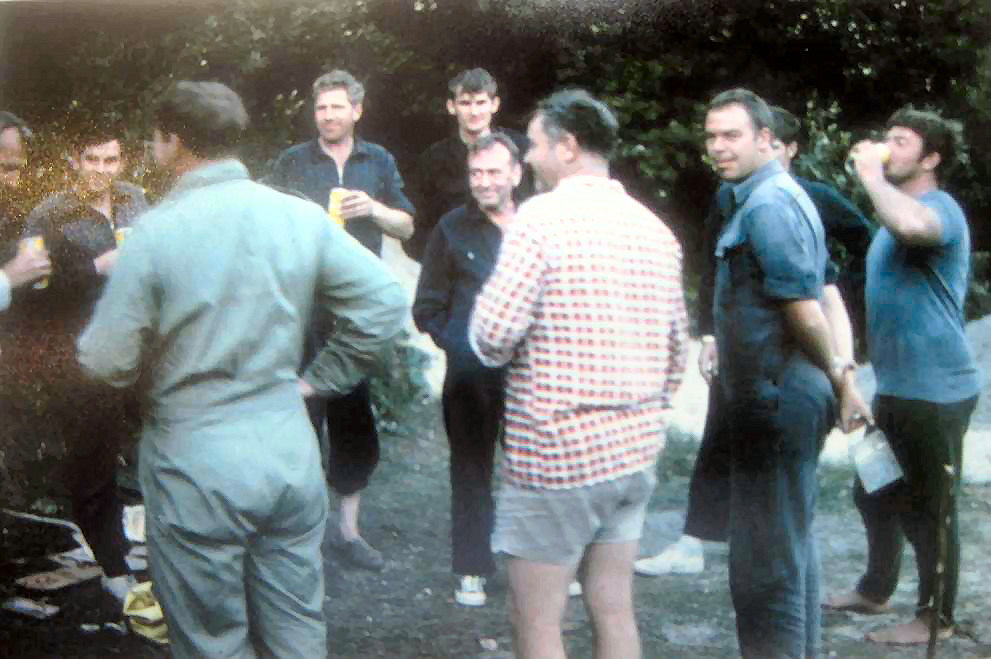|
|
||
|
||
|
Privacy Policy | Editorial Policy | Profit Policy | Join the Association | List of Members | Contact us | Index | Links |
||
|
Back Go to page: 1 2 3 4 5 6 7 8 9 10 11 12 13 14 15 16 17 18 19 20 Forward
|
||
|
Contents:
|
||
|
The other day I was down Willytown way, as usual just minding my own business, looking at a few aeroplanes, talking to a few blokes, not making a fuss, just blending in with the surroundings and being the normal unassuming person that I am.
I had taken great pains to dampen the alluring Radtechitis that normally flows freely from my person by wearing my stylish flannel neck to knee long-johns and my long woollen socks and had plastered the California poppy into my hair as I’ve found it to be an excellent damper, bit like a Faraday shield holds in that wireless stuff.
All went well, for some time I was able to blend in with the surroundings, unnoticed and unadorned, able to chat with others without being revered, which to me was a very nice change indeed, but, as they say, all good things must come to an end.
Unfortunately, the very day I was in Willytown, they were experiencing an Indian summer – it was abnormally hot, so hot in fact that some of that protective Californian poppy evaporated and left a minute unguarded spot upon my head. This went un-noticed by me for some time until I noticed people who were walking were stopping mid-stride, craning their necks and looking hither and thither. As soon as I noticed this, I outed the bottle of Poppy from my back pocket and sloshed some on the head – but I was too late.
Unbeknown to me, two lovely young Air Force ladies were a couple of miles downwind of me and they got a tiny whiff of that escaped Radtechitis which had been conveyed to them on the prevailing wind and being only human, they were unable to resist its allure. Grabbing a yellow treadly each from outside the OC’s office, they leapt aboard and as a straight line is the shortest distance between two points, it was onto the runway with heads down, nostrils flaring and pedals whirring like the prop on an A model Herc. Several F-18s, which were on short finals, had to spear off and in doing so frightened the hell out of a few horses and several free-laying chooks, all of which went un-noticed by the two young ladies who had only one thing on their minds – find the source of that Radtechitis.
Suddenly I could hear sirens blaring and it was only later that I discovered that a dozen or so Service Police were on their motor scooters in hot pursuit of the two ladies, but all in vain, they had no hope of catching them, the girls were on a mission. By this time, I had popped into the Officers’ Mess for a quiet tipple and to escape the punishing heat and was relaxing at one of the dining tables when there was a crashing and a bashing from the front of the Mess, the two ladies had ditched the treadlies in the foyer, had scattered the PMC and several tea sipping moustachified senior Officers, then raced through the anteroom and draped themselves on my person.
What was I to do? The two lovely young ladies were obviously very determined to Radtechify themselves, so I endured their drapings for an hour or so then extricated myself from their clasps.
Such is the cross the Radtech must endure!
|
||
|
|
||
|
Courtney Eskert, honourable self, Emma Georgiou
A great couple of girls, full of fun and with a healthy sense of humour. The Air Force is lucky to have them.
Courtney is originally from Adelaide. She joined the RAAF in April 2018 as a Personnel Capability Specialist (what we used to call a Clerk A). Prior to that she had 10 years’ experience as a Graphic Designer and is now enjoying the new challenges and opportunities being in the Defence Force has to offer. She says she thinks she’s extremely fortunate that her first posting was 3SQN at Williamtown where she thinks she will stay for the next 3 years.
Emma is a Novocastrian, from a RAAF family, her dad being a retired Techo, he started out as a Sumpie but later they changed the mustering name to Aircraft Technician. Being from a RAAF family, she has moved around a bit. She joined in 2008 and after she completed Rookies, she was trained as a Personnel Capability Specialist then posted to the 382 Expeditionary Combat Support Squadron at Amberley, then HQCSG (Headquarters Combat Support Group - Amberley), after which it was back to 3 Squadron at Williamtown.
She has been on three overseas deployments, one in 2010 to Afghanistan on Operation Slipper, in 2012 on Operation Resolute and back to Afghanistan in 2013 on Operation Slipper. She got her Cpls at HQCSG back in April 2014.
She is a married lady with two beautiful young daughters, Ella 3 and Grace 1. Her husband is also a serving member, being a PTI but who in the near future will be off to Officer Training School to take on a new task as an Operations Officer.
|
||
|
How do you milk sheep? Bring out a new iPhone and charge $1000 for it.
|
||
|
On the 9th February, 35 Sqn, which had recently moved to Amberley from Richmond, held an open day for the families of the blokes and blokettes who either fly the aircraft or who keep them flying. The idea was to allow families to see where their husbands/wives, mums or dads worked and also to have a look over the new aircraft which had been opened up and parked on the tarmac. A few lucky ones from the 35 Sqn Association were also invited along.
People assembled at the main gate at about 9.00am and were met by and briefed by the Sqn’s WO, Ralph Clifton. We then followed Ralph onto the Base and were given a conducted tour of the new magnificent purpose-built facilities to house and service the aircraft.
In keeping with Sqn tradition, today’s 35 Sqn is one of the few Squadrons in today’s Air Force that services its aircraft right down to D and for many years it has also been heavily involved in humanitarian work. The old Caribou spent a lot of its time away from home either on detachments or helping out communities doing it tough following either drought, fire or flood. The New Spartans are no different. While we were there, they were preparing two aircraft for rescue/aid work following the disastrous floods in northern Queensland.
Job satisfaction is very high, facilities are excellent, the workforce are dedicated and they have a very popular CO (from Tassie of course).
|
||
|
|
||
|
John Griffiths and John Sambrooks
|
||
|
|
||
|
John McDougall, the President of the RTFV-35Sqn Assoc, presents WO Ralph Clinton with a Wallaby Airlines tie and other Merchandise as a thank you for giving up his day to show us around.
|
||
|
|
||
|
|
||
|
"Call me Mr Brown," the man said, as though he was in a conference call, not making a bomb threat. Qantas flight 755 from Sydney to Hong Kong was carrying an explosive, he warned. And it was set to detonate as the plane came in to land.
If that sounds like a plot ripped straight from a kitschy Hollywood movie, that's probably because it is. It's the larger-than-life tale of Australia's great plane robbery — one of the nation's most brazen aviation heists, born out of greed and undone by sheer stupidity.
What started with a chance rerun of the film Doomsday Flight inside a kitted-out van in Townsville some 48 years ago would inexorably set in motion a chain of events that ended in the extortion of half a million dollars — and stopped the nation in its tracks.
The bomb and the locker
It was May 26, 1971 — still some six months before the notorious criminal known as DB Cooper would enter the public consciousness after hijacking a Boeing 727 and parachuting to an uncertain fate — and an otherwise ordinary day in Sydney.
That is, until the phone rang.
Mr Brown would tell staff at Qantas House he had hidden a bomb onboard an international flight to Hong Kong. For a mere $500,000, he would lead authorities to its exact location, sparing the lives of all those on the flight.
The bomb was set to detonate if the plane dropped below a certain altitude.
But if you don't believe me, he taunted, why not inspect Locker 84 at Sydney's Kingsford-Smith International Airport where I've placed a replica device?
Mr Brown was not bluffing — or at least, that's what authorities were led to believe. Inside the unassuming metal locker, police uncovered the unthinkable: a bomb constructed of gelignite with an altimeter-triggered detonator. With it was a note which said: “should the plane descend below 20,000 feet (6,000 metres), the bomb will explode. "If you don't pay, or if you interfere in any way, you will lose your plane. And this will be repeated," the letter continued.
Captain William Selwyn.
"We were told to maintain our altitude at 35,000 feet," Captain William Selwyn would later say. He said he did not know at what altitude the bomb was set to go off.
Authorities sprang into action. The replica bomb was defused, and the explosives were replaced with a light bulb. There was only one way to test the veracity of Mr Brown's claims — and that was to take the duplicate to the skies. The bomb was loaded onboard a second Boeing 707, and the plane climbed to 8,500 feet before beginning its precarious descent. When it dropped to 5,000 feet, the light bulb on the altitude activator came on — had the explosives remained inside, the aircraft would have been blown to smithereens. This was not a game. Authorities had to act.
The Kombi and the pay-off
The 116 passengers on flight 755 to Hong Kong, blissfully unaware of the danger they were in, were told they were returning to Sydney because of a "technical fault". In reality though all bets were off. Flight 755 was living on borrowed time.
The aircraft could never actually land lest Mr Brown's threats came to fruition, but it was slowly running out of fuel. After hours of the plane circling the city, Qantas ceded. Mr Brown, not one to be tested, would receive his ransom after all.
At about 5:30pm, Qantas deputy general manager Phillip Howson took the call. It took less than 10 minutes for Mr Brown to detail the terms and conditions of the drop. A yellow van would pull up outside Qantas House in Chifley Square in Sydney at 5:45pm. The driver would identify himself by shaking his keys out the window. The getaway vehicle was not to be followed. Any deviation from the plan would end in irreversible catastrophe, he warned.
Captain RJ Ritchie, a Qantas general manager, made the rendezvous to deliver the ransom as Mr Brown had instructed, and began pushing suitcases full of cash into a Volkswagen Kombi. But there was a hitch in the operation. Four police vehicles parked in Chifley Square were never given the signal the drop was taking place — or so the rumour goes. "Unfortunately, the plan didn't go the way in which it was designed," then-police commissioner Norman Allen would concede in the Sydney Morning Herald the following month.
"[The] van could not be kept under surveillance all the way to the spot when it was abandoned." At 6:20pm, authorities received one final call. "You can relax," Mr Brown said.
"There is no bomb aboard the plane. You can land her safely."
|
||
|
|
||
|
A newspaper clipping from 1971 describes the hoax and pay-off.
|
||
|
And so, under the cover of nightfall, an incognito Mr Brown had fled with his earnings — leaving police none the wiser about the real identity of the criminal mastermind.
Who was Mr Brown?
Peter Macari was no stranger to the wrong side of the law, but no-one could have predicted the otherwise unremarkable man would assume the moniker that would spark a cross-continental investigation. An English migrant, he had arrived in Australia some two years earlier on a false passport after skipping bail in Britain on an indecent assault charge.
Peter Macari was no stranger to the wrong side of the law.
Macari's transition into Australian life, however, was far from smooth sailing. After opening a small factory at Brookvale in Sydney which produced fibre-glass boats, he was reported to have lost half his life savings and began to travel. It was on this jaunt across the country that his grand scheme was inexorably set into motion.
Inside what witnesses described as a "fitted-up van" where Macari had been residing in Townsville, the 1966 television-thriller film Doomsday Flight played on a small television set.
Set in the United States, the film sees a bomb threat made against a Douglas DC-8 airliner. A bomb equipped with an altitude-sensitive switch is on board, police are told, and it will detonate if the plane tries to land. Director Rod Serling would later lament having made the film — which authorities believe inspired three separate airline extortion plots — saying he had done a "vast disservice to airlines".
"I didn't realise there were that many kooks in the woodwork," he told the Nashua Telegraph newspaper some four days after the Qantas hoax. "I wish … I had written a stagecoach drama starring John Wayne instead. I wish I'd never been born." Regardless, Macari's plan had been set in motion. "That would be a good way to make money," witnesses would recall him saying upon watching the film.
A budding friendship with Francis Sorohan — who would later be charged and acquitted as a minor accomplice — sealed the deal. Sorohan sold Macari gelignite and detonators for a mere $100 during a trip out west, having stolen them from his employer, the Mount Isa Mines. And so, all that was left to do was to make the call.
The manhunt and capture of Peter Macari.
Catching the elusive Mr Brown was big business, and authorities vowed to leave no stone unturned.
Fifty thousand dollars was offered for any information leading to his capture, and detectives worked alongside Scotland Yard, Interpol and the FBI in a bid to narrow down the list of suspects.
Phonetic experts were brought in to listen to recordings of Mr Brown's voice, while sketches and flyers were released to the public — all, it would seem, to no avail.
Ultimately, it was a tip-off from a service-station attendant about a "free spending" man — now known as Mr Brown's accomplice, Raymond James Poynting — that would undo the entire operation. Though most would have the sense to lay low after pulling off one of Australia's most brazen heists, 28-year-old Poynting was not most men. So when the former engineer-turned-barman — a regular customer — pulled in for petrol in a new E-Type Jaguar, it would come as no surprise that he turned heads.
When he returned some weeks later in yet another luxury car, those around him grew suspicious of his stories of good fortune. Detectives of the Consorting Squad placed him under surveillance. Poynting, proving there is no honour among thieves, confessed to his role in the robbery. On August 4, 1971, Mr Brown and his co-accused were arrested. Now all that remained to run its course was the epilogue.
The missing money — and comeuppance.
Macari and Poynting were indicted in the Central Court of Petty Sessions in Sydney for their role in the hoax. Prosecutors would allege Macari, or Mr Brown, was the mastermind behind the operation, while Poynting was charged as a co-conspirator, accused of aiding the operation.
Both men would ultimately plead guilty, and the saga that had once gripped the nation drew to a close — or so it would seem. But, despite cracking the case, one question remained: where was the missing money?
A little over half of the ransom, some $261,387, had been recovered by detectives — hidden under floorboards in Balmain, a fireplace in Annandale and through the sale of a series of lavish cars, but the remainder had disappeared without so much as a trace.
Macari, true to form, spun authorities a tale of a wider criminal network that he had unwittingly been roped into. A third man, the real mastermind, Macari claimed, had taken the lion's share of the ransom for himself.
"You said you gave $220,000 to a person known as Ken," Judge Staunton said upon sentencing, "this statement I reject." It's a theory police too have unequivocally dismissed, although some still believe the missing money may be underwater off Bondi Beach, languishing in two safes.
Though the whereabouts of the ransom may remain a mystery, the fate of the men involved was sealed. Poynting was sentenced to seven years in prison for his part in the hoax, while Macari was handed the maximum 15-year sentence. The saga was finally brought to an ironic end on November 12, 1980. After serving nine years of his prison term, Mr Brown was deported back to Britain — on a Qantas flight.
|
||
|
|
||
|
|
||
|
While at Willytown a little while ago, we met and stayed with an old mate, John Broughton. In an earlier life, John too had been a Radtech but years ago when he discharged he decided to discard his AVO and scope iron and move to Newcastle to live a radio-free life. Over the years his Radtechitis gradually deteriorated, probably helped along the way by the high levels of coal dust in the Newcastle atmosphere, until eventually it no longer had any effect on the populace.
John was able to live a normal un-interrupted life in the Newcastle area for many years, he, his family and his big sandy-coloured dog Basil were very content with their lot – that is until that particular weekend.
I’m quite fond of dogs and John’s dog is one of those big panting tail-wagers, very friendly, in need of huge amounts of attention and not happy until it smothers itself upon you. On one of those encounters, unbeknown to me, a little bit of Radtechitis rubbed off my person and attached itself to the dog. From there it was inevitable that a little bit would rub off onto John and as Radtechitis is a colourless and odourless substance, John was blissfully unaware he had been so blessed.
Luckily for him though, he was only inflicted third hand and the minute amount on his person was practically undetectable to the normal person, but neither he nor I were to know that on this particular day, when hundreds were invited to Williamtown, one such invitee would be the lovely Krystal Rowell.
Krystal holds the position of Defence Community Relationship Officer for Defence Health, and as such has a fine honed sense of awareness. When we entered the room, Krystal was a mere quarter mile away but her antennae immediately acknowledged the minute amount of Radtechitis in the near vicinity and she had to have some.
Krystal at the time was handing out Defence Health frisbies, biros and fridge magnets to her enchanted audience and without a care in the world for her personal safety, she dropped what she was doing, pushed her way through the throng of people who had gathered at her table and running full pelt headed in the direction of that elusive Radtechitis.
She found John resting his weary bones in the 3 Sqn smoko room and without a second thought, rushed over and draped herself upon his very surprised person. John fought for an hour or so to extricate himself from her and eventually he was able to free himself. Krystal was so grateful she presented John with a personal supply of Defence Health fridge magnets, grooming tools and stress relieving squeeze balls.
|
||
|
|
||
|
A forlorn John Broughton and the delightful Krystal Rowell
|
||
|
Krystal, who is married to a Willytown Firey, is a Queensland girl and moved down to Newcastle 3 years ago. She is a very dedicated person and devotes a lot of her time helping Veteran's Associations.
|
||
|
I wonder what my mum and dad did to amuse themselves before the internet was invented. I asked my 18 bothers and sisters and they didn’t know either.
|
||
|
114 MCRU RAAF Amberley Circa 1972 Brendan Godwin
The HUBCAP radar system was extraordinarily complicated. The Air Force would normally post staff on average every 18 months, but it took 4 years to learn how to repair and maintain this radar system. As a consequence, whenever someone got posted to either 114 MCRU or 3CRU they never got posted out.
As a consequence of this, the Air Force had difficulty maintaining morale on
the unit. Added to the unit’s woes, a bearing in the radar cracked and there
was a one month delay while the replacement was shipped out from the US. So,
one officer took it upon himself to organise a morale booster. He organised
a survival course for all on the unit. Most survival courses are held in the
jungle, usually Canungra. You are given a standard RAAF 3 day
We were issued with the usual 3 day ration pack along with a parachute and, from memory, a machete. Then we received a wink and a nod. A blind eye was being turned to anything else we wanted to take. Ron Anstiss took a camera and some slides. I packed my Air Force kit bag with some canned food, alfoil, fishing rod as well as my flippers and snorkel and spear gun. We had a few changes of clothes
The concept was that we were forced out of our aircraft and were forced to parachute, landing, by an absolute miracle, on a sub-tropical island.
This just happened to be in our case, the very northern tip of Moreton Island in Queensland’s Botany Bay. We were flown in by Iroquois Helicopter from Amberley. It took a number of helicopters and a number of trips to ferry us all out there.
Now let me just describe the island location that we miraculously landed on.
The choppers dropped us on a small and very picturesque half moon shaped
beach in Honeymoon Bay off Cape Moreton. One side of the beach led off on to
a rocky section of coast. Buried in the middle of these rocks
Above these rocks was a cliff with a large fresh water stream flowing out of a hole in the middle of the cliff. Now we had lots of plastic water jerry cans. We filled these from the top section right at the mouth of the stream. Below that we reserved for showers and washing. The other side of the beach led around a large rocky coastal section with a reef just off shore. This section of the ocean was teaming with fish, mostly Bream. Out to sea to the north we could see the waves breaking over Flinders Reef, a popular snorkelling and scuba diving spot.
I later took a scuba diving trip out to that reef. A forward party had already been to the island and prepared toilets. This was a large trench with a line of toilet seats. Of course we had plenty of toilet paper, soap and towels. Our first task was to set up parachute tents. We chopped down some large limbs and tied them at the top. I can’t remember what with, either vines or we probably had rope. We draped 4 parachutes around making a large Indian tepee. We shared 4 persons to each tepee. Then there was a fire wood collection party where we gathered all our fire wood and lit fires that did not go out for the entire week. Next was to catch fish. Most had bought bait but that was something I omitted. But that wasn’t a problem. Growing off the rocks were small animals surrounded by a fury outer. These had a meaty substance inside and worked well as bait. In any event, those who did buy bait ran out quickly and we were all using this, or meat from some of the fish we had already caught. We wrapped these fish in alfoil and cooked them in the coals on the fireplace. We spent the week reeling in and eating bream. I don’t think anyone ate the canned food they brought.
The radio guys set up an antenna over the top of the beach with wires strung up the cliff and there were daily radio schedules back to base.
The novelty was the 3 day ration pack. From memory, I can’t recall all that was in this little pack, but there were solidified blocks of rolled oats. When this was soaked in water it expanded a lot and when boiled, the small block expanded into a large bowl of oat porridge. Of course we had bowls to eat out of. There were 3 of these little blocks giving us a hearty breakfast for 3 of the days. There were biscuits and cheese and other dried food. The pack was reliant on us being able to find water. We were extremely fortunate to have a water fall of fresh water.
Once we got comfortable with the fact that we were going to survive for the week, without having to delve into our canned foods, who would want to eat them anyway, we started looking for things to do to bide the time and keep ourselves entertained. At low tide we played cricket and volley ball on a hard muddy beach section. The flyboys back at the base kept us entertained with a number of low altitude flyovers at just under mach one. Just in case we didn’t see them coming we couldn’t miss the BOOM!!!
There was a lighthouse on the ocean side of the northern tip of the island, Cape Moreton Lighthouse, and most of us took a tourist trek up to see the light house. I also dived on the reef and speared a few fish just as change from reeling them in off the rod, but also to enjoy the under water scenery.
Noel Williams gives his account of some incidents.
"On the Survival Course at Moreton Island, I had the dubious pleasure of being in the Commanding Officer’s tent. Wing Commander Waldock was a keen fisherman and took the necessary survival equipment: fishing rods, lines, tackle and the like. As I was raised at Ballina, I was born with a fishing line in my hand! Anyhow, as his local lad, WGCDR Waldock commissioned me to get him some bait which included crabs and cunjevoi (a marine sea squirt that grew around the edge of the low tide mark). Remembering that our Survival Course was stationed on the sea side of Moreton Island - it was a bit of a challenge to get down to the water’s edge and back before the next wave broke over your head."
You can see where this story is going... Anyway, WGCDR Waldock arose before daybreak to fish off the ‘point’ where he could cast out into the white water. Unsurprisingly, he caught this giant kingfish and was very pleased with himself! Arriving back at camp, he asked me to go and clean this monster kingfish - I thought to myself that I could use the fish guts to catch him some bait! The plan was succeeding! I’d cleaned the fish, left it on the rock high above the water line, and had captured some unsuspecting crabs using the fish guts and lifted off many cunjivoi with my fishing knife! With a casual sideways glance I spotted a huge wave hanging over my head and about to sweep me off the rocks into the sea! The struggle up the rocks (with the bait bag tightly held in hand) saw me able to survive the monster wave albeit very wet!) Unfortunately, I watched the monster kingfish being washed back into the surf from whence it came!
Not knowing how to break the news to the boss, I vividly recall saying, “I’m
sorry Sir! I have some good and bad news - the good news is that you have
plenty of crabs for your fishing but your prized kingfish... unfortunately
was lost at sea! (My status as the CO’s ace, number 1 fish cleaner was never
the same!!)
PS. The monster kingfish was the only eatable size fish that WGCDR Waldock caught during the whole survival course!
‘On this same Survival Course, the troops were briefed regarding what to bring. We were deposited on the northern tip of Moreton Island by some of the 9 SQN Iroquois helicopters. As a good LAC, I took my skin diving gear: flippers, leg knife, goggles and bazooka spear gun! When the sea was calm, I thought that this might be a good opportunity to redeem myself and spear a fish or two. Things were going great: sunny skies, clear and calm water, spear gun at the ready - even some big cod and other rock fish in the lower areas. Although it took some effort to get enough air to dive that far down, I succeeded in almost nailing a decent rock cod only to lose my prized leg knife on the way down. Back at the surface, gasping for breath and trying to retrieve the spear, I glanced behind me and saw a school of kingfish. I retrieved the spear and re-loaded the bazooka speargun, and in the adrenaline moment of taking aim at the nearest kingfish, a large grey nurse shark drifted into view behind the kingfish! In the next millisecond, I was able to assess the probability of being taken by a frenzied shark once the kingfish had been speared.
Discretion was the better part of valour, and my decision to abort the Mission: ‘Retrieve Kingfish’ was taken without hesitation! Unfortunately, my prized, skin diving leg knife remained at the bottom of the sea - as did my hopes of redeeming the COs monster kingfish!
Then we got caught out by a Courier Mail journalist who just happened to be on the island doing an article on tourism on the island. He accidentally stumbled across us as he was exploring the northern section of the island. When we returned back to base we were greeted with being mentioned in his half page article in the Sunday Mail. Most of his article was on tourism but our mention in dispatches went something like this.
“Whilst exploring Moreton Island investigating the northern section of the island I managed to stumble across a bunch of RAAF blokes. They told me they were doing a survival course. It is hard to think of a more idealistic spot to be doing a survival course. Now just dream for a moment of the most picturesque tropical island in the world, with the ocean teaming with fish, and all the best bait, tackle and spear guns to catch them with, and this was where and how the RAAF sent their people to do a survival course”.
Then on our last night, unbeknown to me and a lot of others, the choppers arrived with supplies. Steak, beer and wine. We had a final night party. The interesting side event to this was the use of the toilets. They had gone largely unused for the entire week. It seems that a diet of Bream doesn’t exactly make your bowels move. But steak, beer and wine worked. There was a queue the next morning. There were only about 4 or 5 thrones and they weren’t nearly enough.
The next morning the choppers arrived again to take us back to base.
Everyone who worked at either 114 MCRU or 3CRU were classified to either Secret or Top Secret. Security law forbids a person, who is bound by it, to divulge any secrets for the period of their lives, unless that information has become declassified. National Archives is bound to declassify most information after a 30 year period, unless divulging that information still imposes a security risk to Australia. Thank God those 30 years have finally passed and I can now divulge to you our tax payer funded holiday to Moreton Island some time between February and April 26, 1972.
The following are some campsite photos.
|
||
|
|
||
|
Our transport.
|
||
|
|
||
|
Stew Skerman fishing.
|
||
|
|
||
|
Ron Anstiss with the catch of the day.
|
||
|
|
||
|
Parachute tent for 4
|
||
|
|
||
|
Sam and Stew Skerman by their tent.
|
||
|
|
||
|
L to R: Stew Skerman, Don’t know, Ian "Limpy" Morris, Ron Anstiss, Sam. Shorty & Shep down front
|
||
|
|
||
|
Last night party group.
|
||
|
|
||
|
|
||
|
Back Go to page: 1 2 3 4 5 6 7 8 9 10 11 12 13 14 15 16 17 18 19 20 Forward |
||
|
|

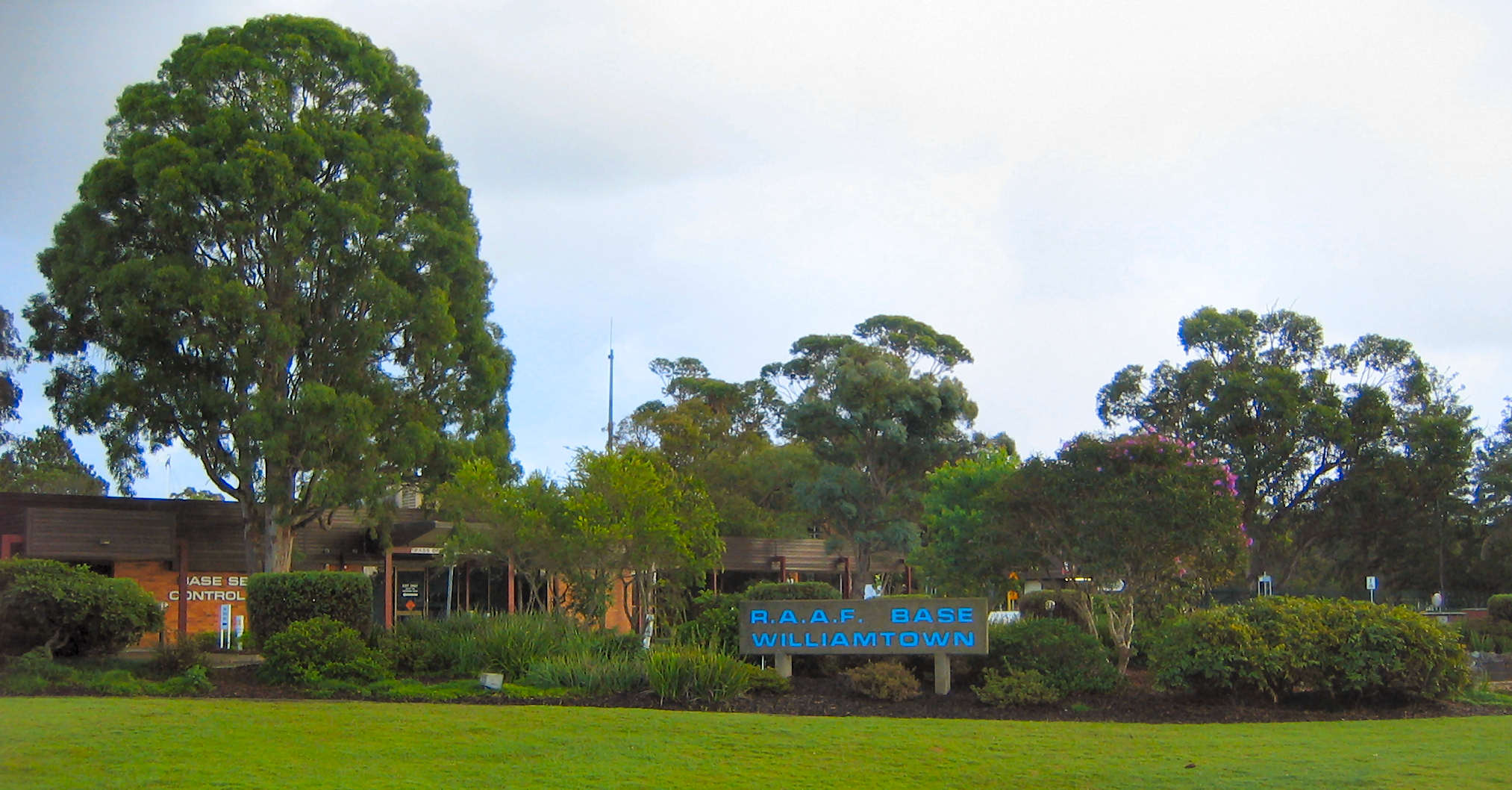
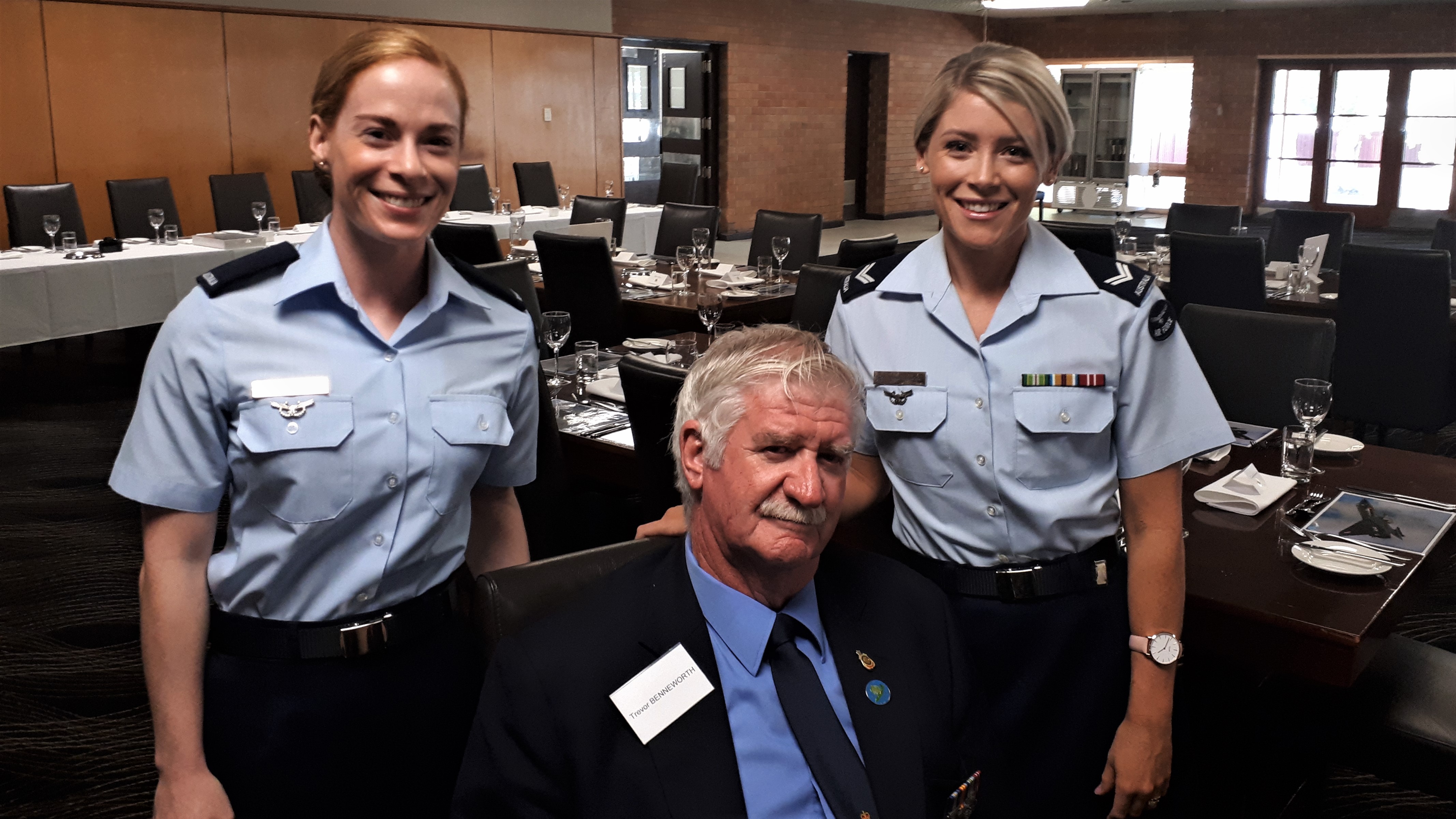
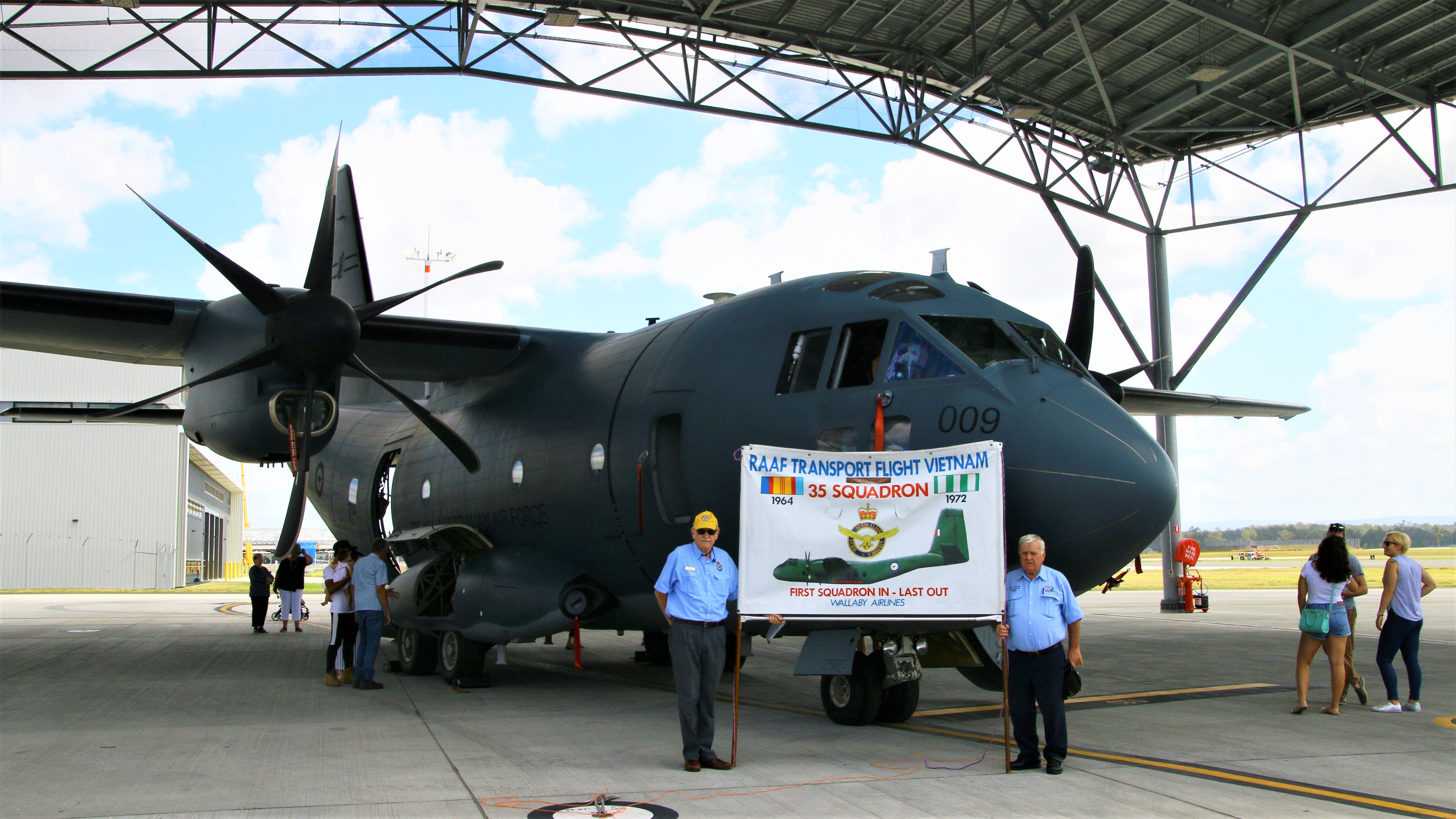
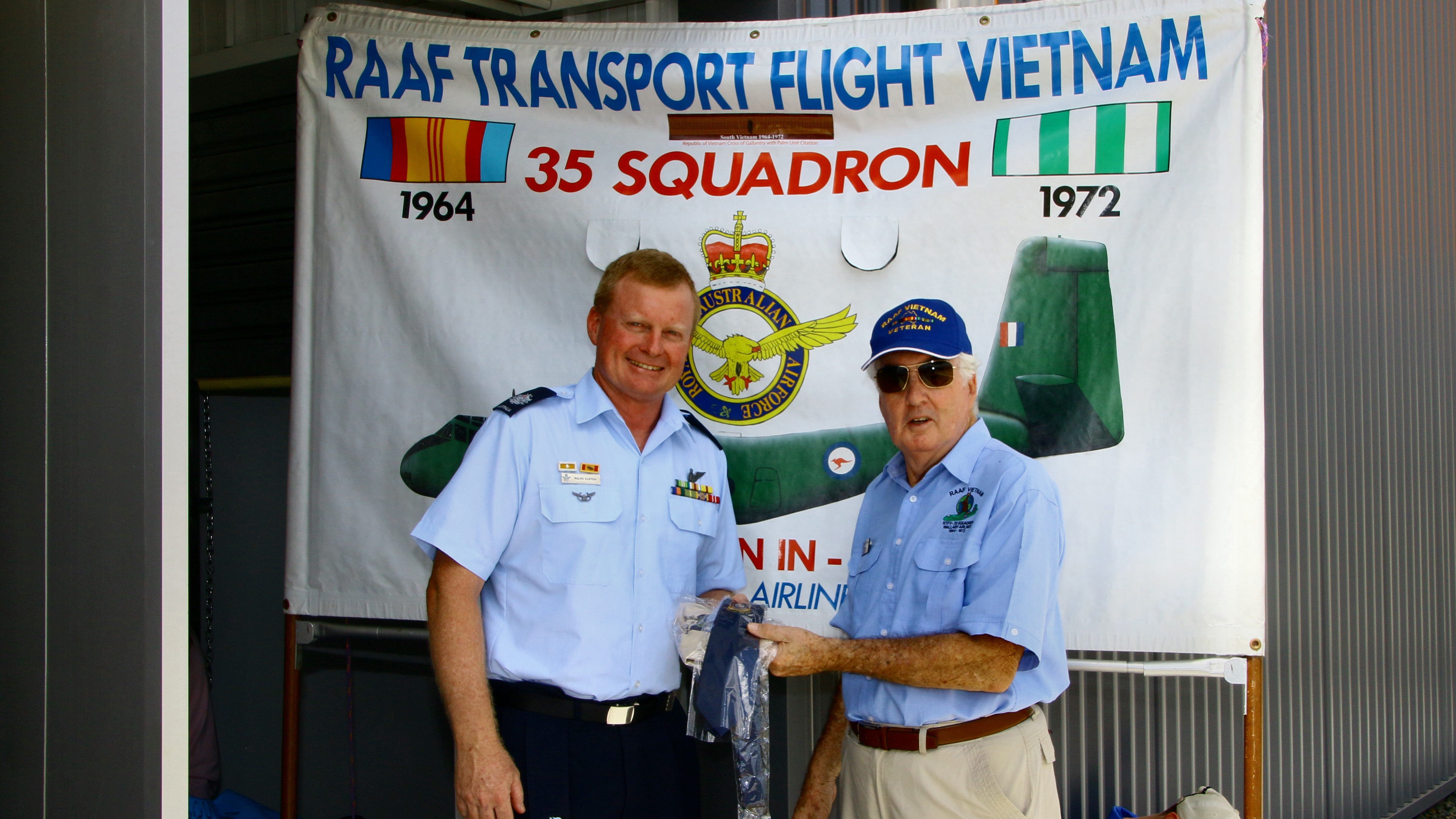

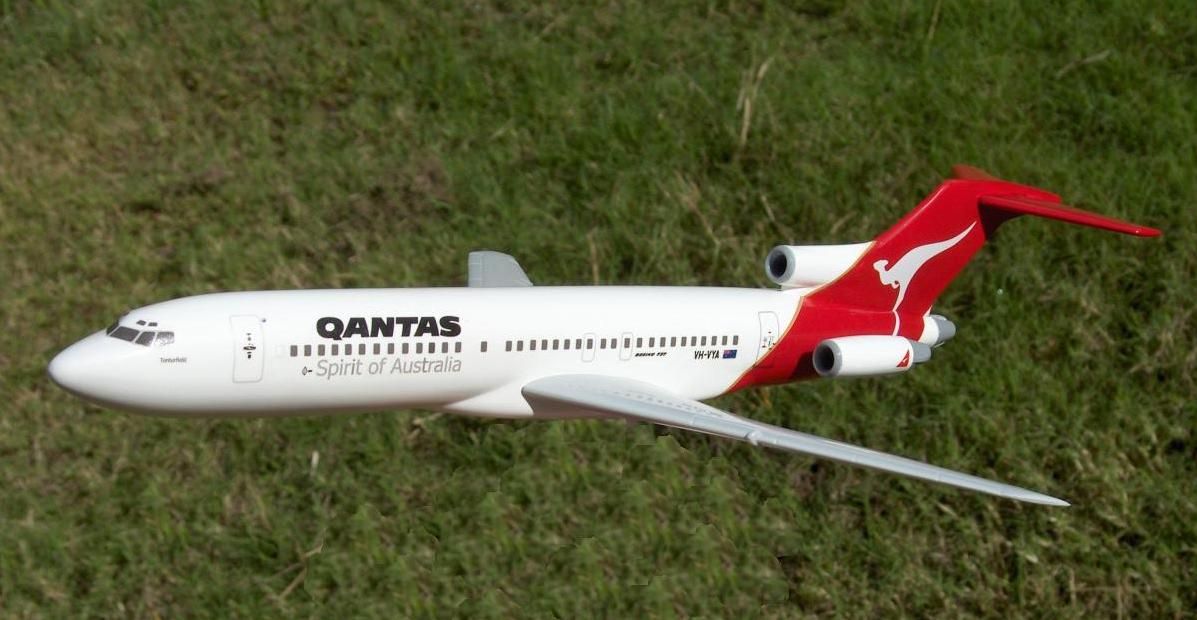
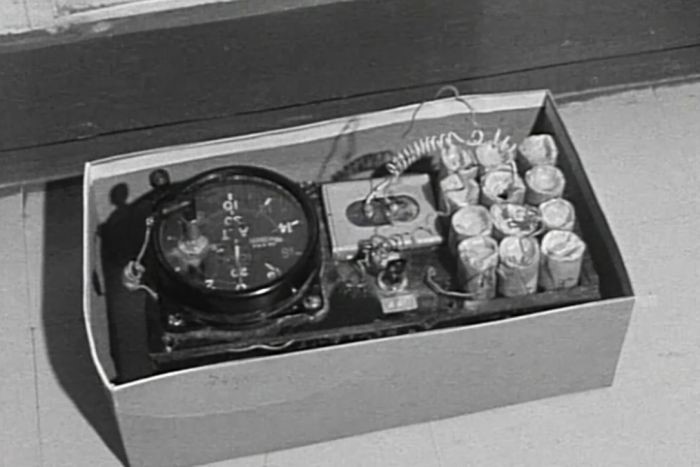
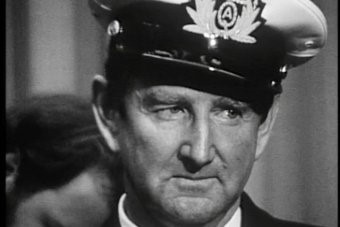
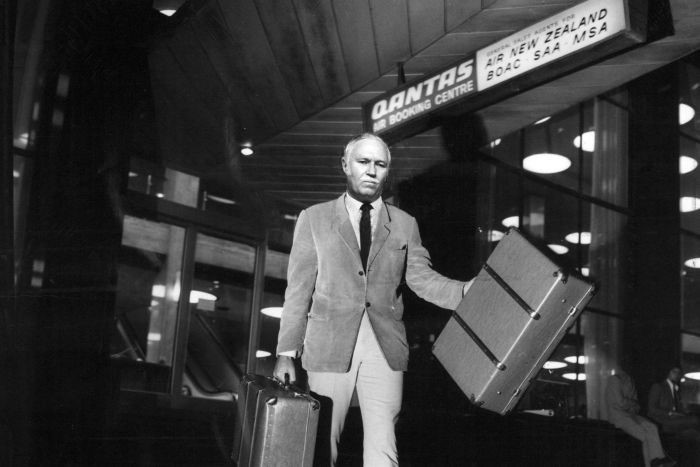

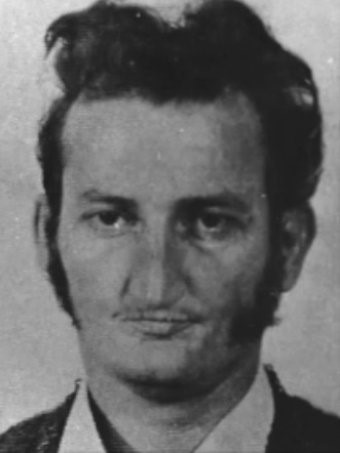
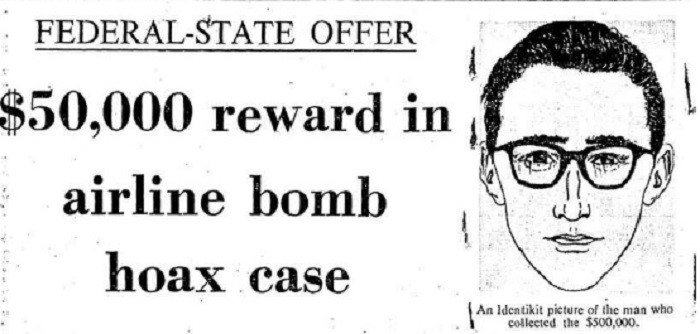

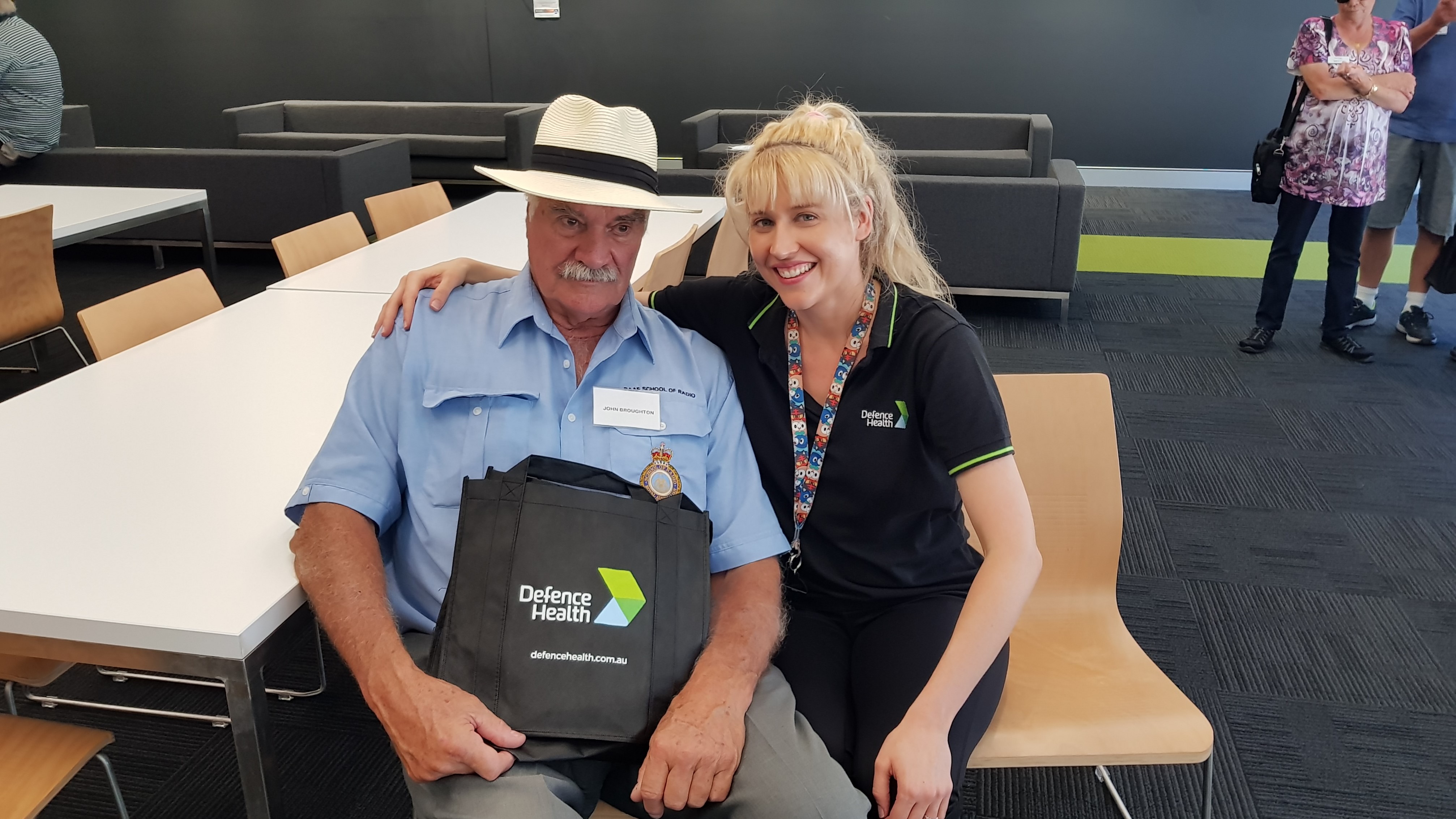
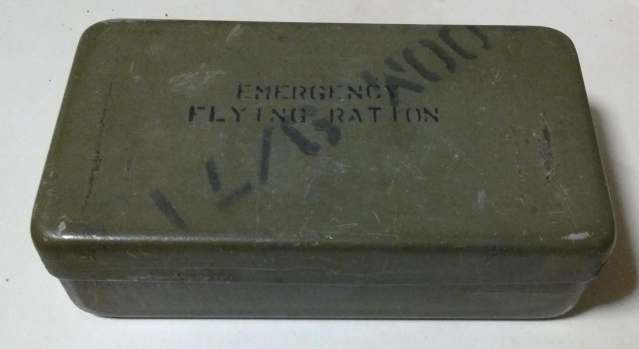 ration pack and sent out into the jungle and you have to survive for a week.
This survival course was organised as a sea coast survival course. After
planning it was given approval by the CO who also needed approval from base
ops.
ration pack and sent out into the jungle and you have to survive for a week.
This survival course was organised as a sea coast survival course. After
planning it was given approval by the CO who also needed approval from base
ops.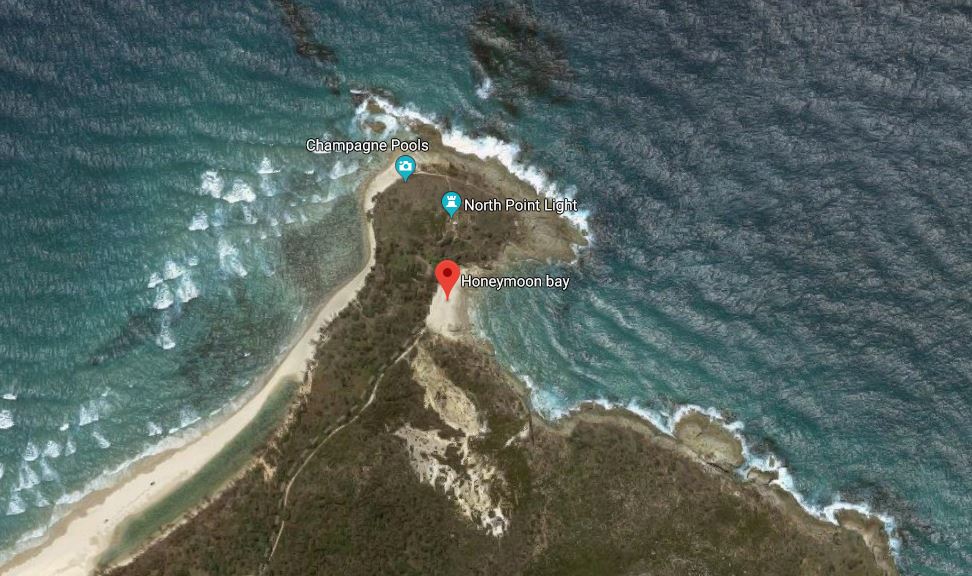 was a natural oyster farm. Literally hundreds of oysters. Harry Howson and
some of his oyster loving friends spent most of the week fossicking amongst
these rocks.
was a natural oyster farm. Literally hundreds of oysters. Harry Howson and
some of his oyster loving friends spent most of the week fossicking amongst
these rocks.